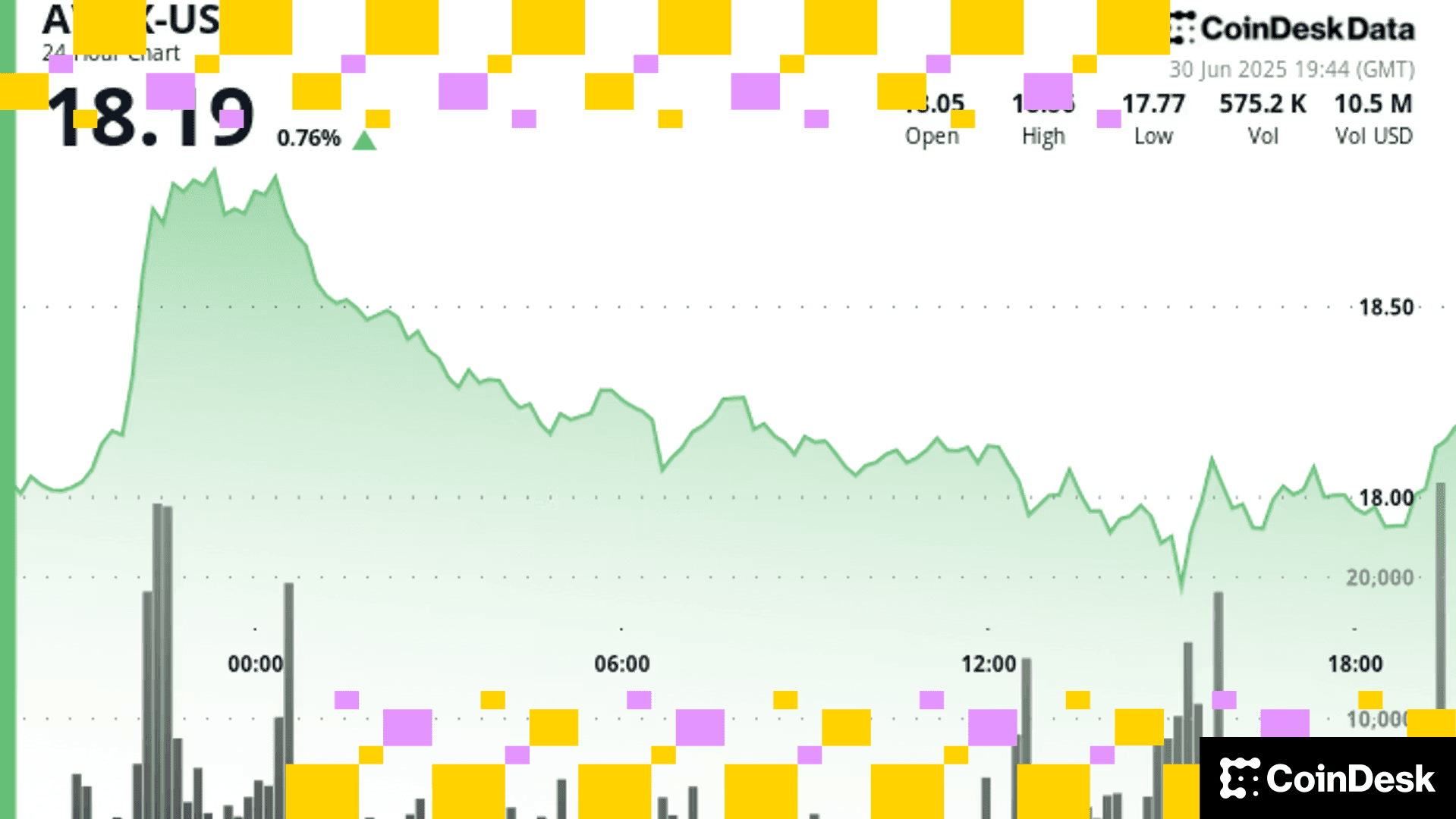UK Government Proposes Stablecoin Safeguards After Terra Collapse
The measure would give the Bank of England more power over failed stablecoin issuers.

The U.K. government has published a consultation paper that outlines a strategy to reduce risk for investors holding stablecoins.
- The proposal follows the collapse of algorithmic stablecoin TerraUSD (UST), which lost its 1:1 peg with the U.S. dollar during a sell-off across the crypto market earlier this month.
- The government recommends changing existing legislation to give the Bank of England power to appoint administrators to oversee insolvency arrangements with failed stablecoin issuers.
- “Since the initial commitment to regulate certain types of stablecoins, events in crypto asset markets have further highlighted the need for appropriate regulation to help mitigate consumer, market integrity and financial stability risks,” the Treasury said in its proposal, which will be considered by Parliament.
- Regulators across the globe have shifted focus to stablecoins following Terra's implosion, with the European Commission favoring a large-scale ban of the asset class.
- The deadline for feedback on the consolation is Aug. 2.
More For You
Exchange Review - March 2025

CoinDesk Data's monthly Exchange Review captures the key developments within the cryptocurrency exchange market. The report includes analyses that relate to exchange volumes, crypto derivatives trading, market segmentation by fees, fiat trading, and more.
What to know:
Trading activity softened in March as market uncertainty grew amid escalating tariff tensions between the U.S. and global trading partners. Centralized exchanges recorded their lowest combined trading volume since October, declining 6.24% to $6.79tn. This marked the third consecutive monthly decline across both market segments, with spot trading volume falling 14.1% to $1.98tn and derivatives trading slipping 2.56% to $4.81tn.
- Trading Volumes Decline for Third Consecutive Month: Combined spot and derivatives trading volume on centralized exchanges fell by 6.24% to $6.79tn in March 2025, reaching the lowest level since October. Both spot and derivatives markets recorded their third consecutive monthly decline, falling 14.1% and 2.56% to $1.98tn and $4.81tn respectively.
- Institutional Crypto Trading Volume on CME Falls 23.5%: In March, total derivatives trading volume on the CME exchange fell by 23.5% to $175bn, the lowest monthly volume since October 2024. CME's market share among derivatives exchanges dropped from 4.63% to 3.64%, suggesting declining institutional interest amid current macroeconomic conditions.
- Bybit Spot Market Share Slides in March: Spot trading volume on Bybit fell by 52.1% to $81.1bn in March, coinciding with decreased trading activity following the hack of the exchange's cold wallets in February. Bybit's spot market share dropped from 7.35% to 4.10%, its lowest since July 2023.
More For You











